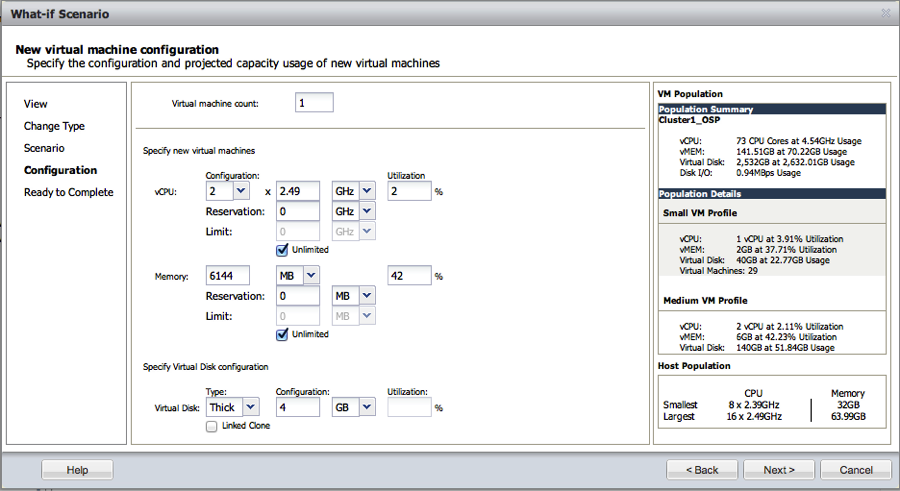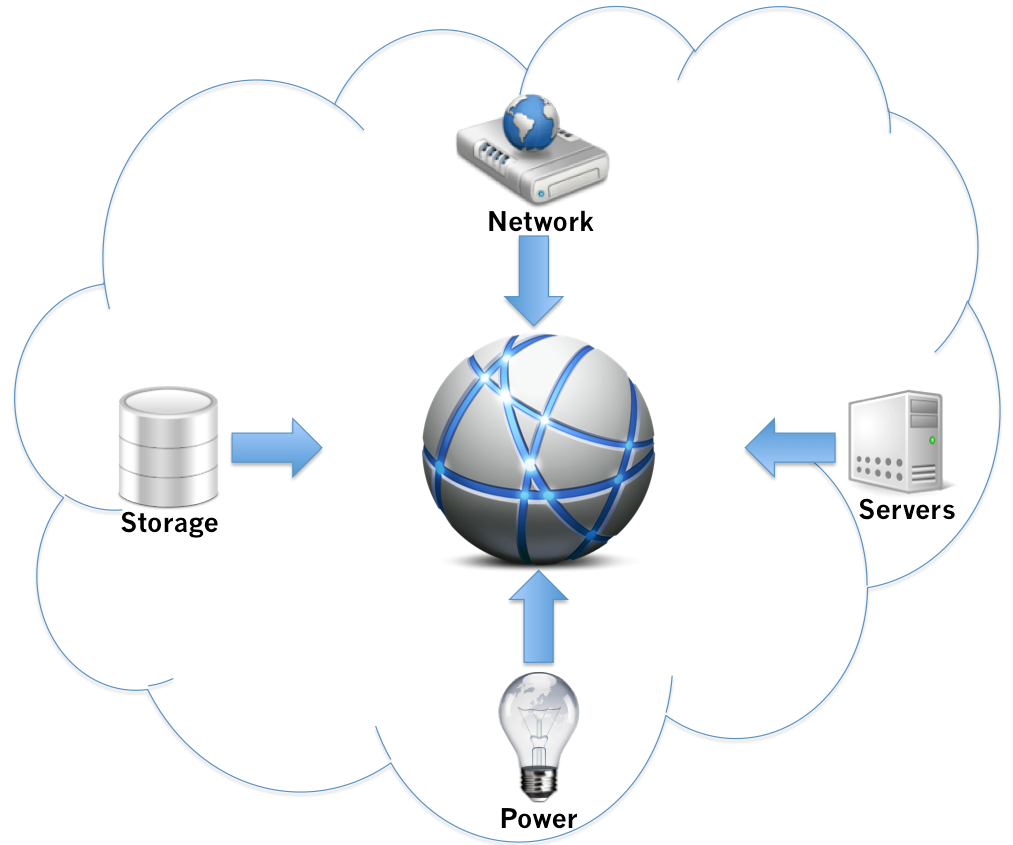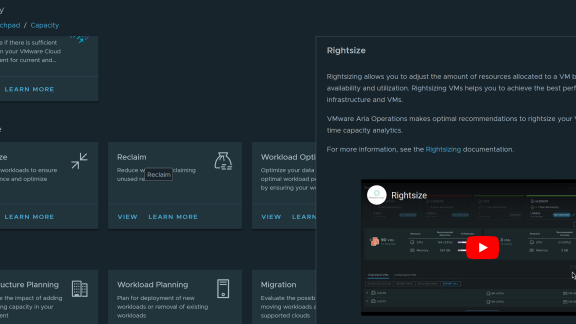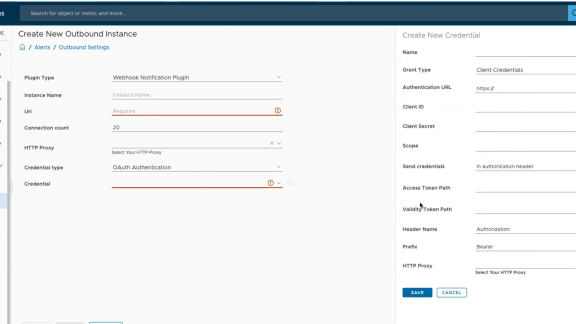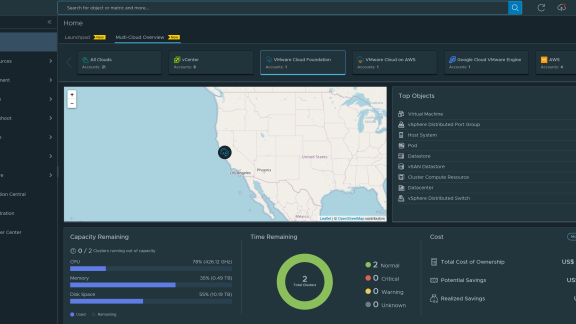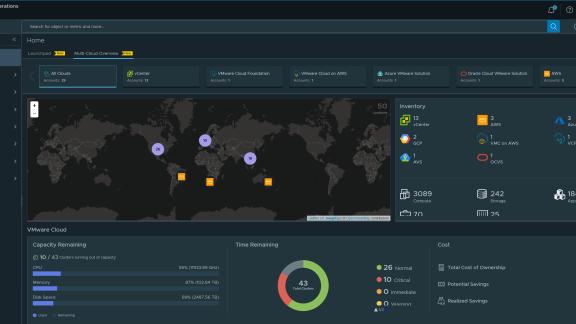As a virtualization or cloud practitioner, you have been thrown into a new challenge and that is to address capacity management for your organization. But what are some of the best practices to achieve this and how does capacity planning change in the new cloud-computing era?
This is our next blog post in the series for the VMware sponsored eBook “New Best Practices in Virtual and Cloud Management” by author and vExpert Greg Shields (Greg’s BIO). In the last post, we focused on performance management. Today’s blog post focuses on an equally important topic – capacity planning.
Capacity Management is the centerpiece that enables an organization to make sure adequate resources (computing, storage, network etc.) are available for the business, all the time and at the minimum possible cost to the organization. An enterprise faces constantly changing requirements related to capacity optimization and in cloud capacity modeling and planning become even more challenging.
Many enterprises have chosen to embrace a private cloud model for running their IT infrastructure and these organizations face specific capacity management challenges. The need for capacity planning stems from the need to make sure that your private cloud model is efficient and cost effective. The increased penetration of mobile devices in enterprises has further complicated capacity planning by introducing increased demand (with high levels of variability) for compute resources.
Following are the key points from the second chapter “New Best Practices in Capacity Management” of the eBook:
a) Scenario Planning as a Systematic Approach:
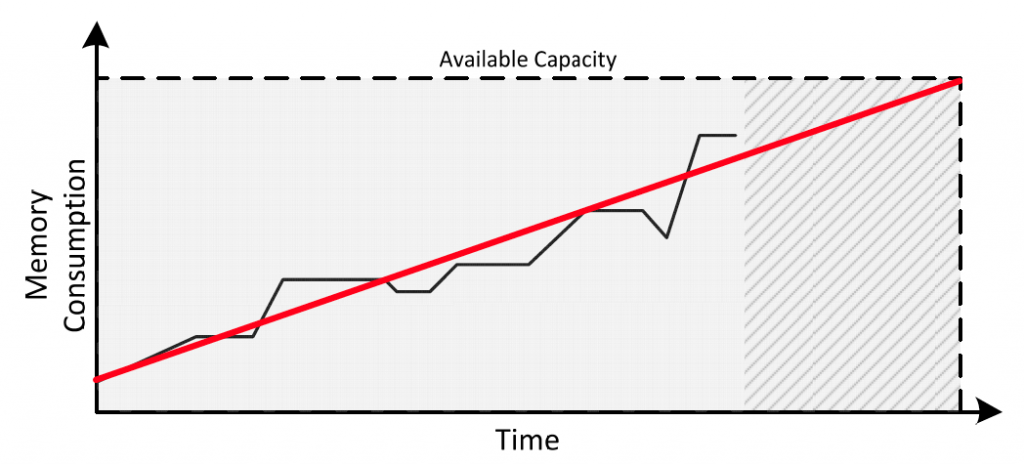
Figure 1: Plotting consumption trends over time
The virtual infrastructure administrator who has responsibility for capacity planning has to plan for the future, execute capacity changes and purchase hardware or virtual infrastructure on a “just in time” basis. They have tons of data for the virtual environment at their fingertips but the complexity of a virtualized environment goes beyond a simplistic analytics approach.
Capacity planning trend lining charts can be used to model resource usage and consumption over time but leveraging this approach alone has some limitations. Using trending alone can be a dangerous path to tread as getting good and reliable data in a virtual environment can be a backbreaking effort. Addressing this type of limitation is a place where solutions like VMware vCenter Operations can really help. vCenter Operations delivers capacity analytics that help capacity planners understand historical trends and environmental behavior which in turns allows you to gain a more actionable view of future capacity needs (Figure 2).
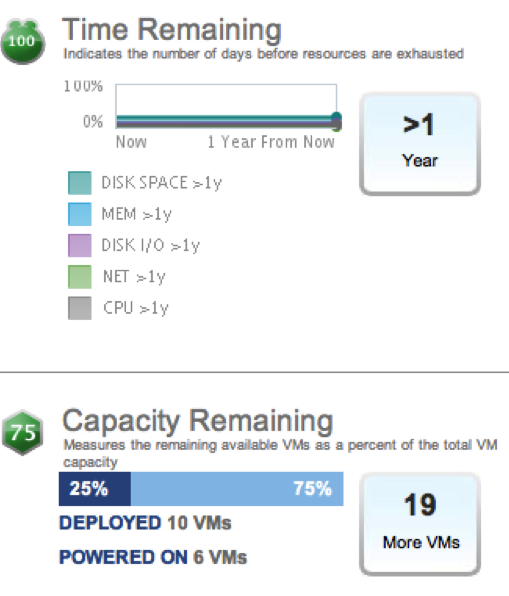 Figure 2: Capacity analytics of VMware vCenter Operations
Figure 2: Capacity analytics of VMware vCenter Operations
Figure 3: What-if Scenario Modeling using vCenter Operations
Using vCenter Operation you can model possible alternative future scenarios (“What If Analysis”) carrying a justifiable level of feasibility. While these future scenarios may not unfurl exactly as you have modeled them “What If Analysis” empowers IT administrators to become more nimble and adaptable in responding to resource demand and supply fluctuations that will routinely develop in a highly dynamic virtual environment.
b) Using Converged Infrastructure to simplify your Data Center:
Figure 4: Breaking IT silos and creating virtual resource pools
The author points out that traditionally, data center resources have been deployed in a fragmented and siloed manner. The complexity of managing such an environment is one reason that IT organizations often allocate as much of 70 percent of the IT budget for “keep the lights on” activities.
Converged infrastructure allows an IT organization to integrate servers, storage, networking, memory etc. into shared pools of reusable physical resources which in turn supports pools of virtual resources. This service-oriented approach simplifies the complexity associated with the management of the physical infrastructure, which in turn frees up resources and results in a higher degree of business agility. Converged infrastructure is the perfect complement to virtual infrastructure when rolling out a shared service compute infrastructure.
c) To Chargeback or Showback:
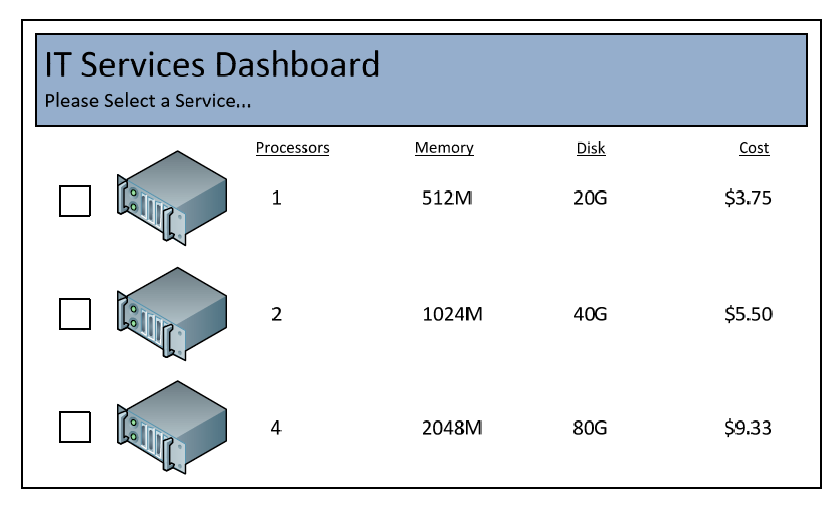 Figure 5: Assigning dollar value to IT services leads to better decision making
Figure 5: Assigning dollar value to IT services leads to better decision making
The key point here is that in order to efficiently run IT as a business-within-a-business, IT departments need to implement at a minimum service costing. Organizations that have not implemented any financial component to the delivery of IT services would benefit from considering showback as a first step. When compared with full chargeback, showback is much more easy to implement yet still delivers substantial benefit to the business.
Leveraging showback as part of any self service activity will allow your enterprise to begin attaching a dollar value to each of its IT services. Showback can be an excellent tool to help enlighten business units and department heads about the costs of IT in their own respective departments. This awareness of IT costs can help incent business units to better manage their usage and to question their computing needs.
Showback also lessens the bookkeeping and bureaucratic burdens related to implementing a full chargeback program while still championing the importance of awareness of true IT costs to the business. VMware vCenter™ Chargeback Manager, part of the vCenter Operations Management Suite, helps IT practitioners obtain visibility into the true costs of virtualized workloads. It supports both Showback and Chargeback use cases. vCenter™ Chargeback Manager encourages end user responsibility in a self-service private cloud and helps eliminate the notion that virtual machines are “free”.
Figure 6: vCenter™ Chargeback Manager
The chapter ends with the viewpoint that the principles of economics (supply and demand) can be found everywhere and organizations need to consciously apply these principles while managing their virtual and cloud environments. An enterprise is always changing and applying “Private cloud thinking” in your IT infrastructure is the most efficient way of delivering virtual environment resources to a user.

